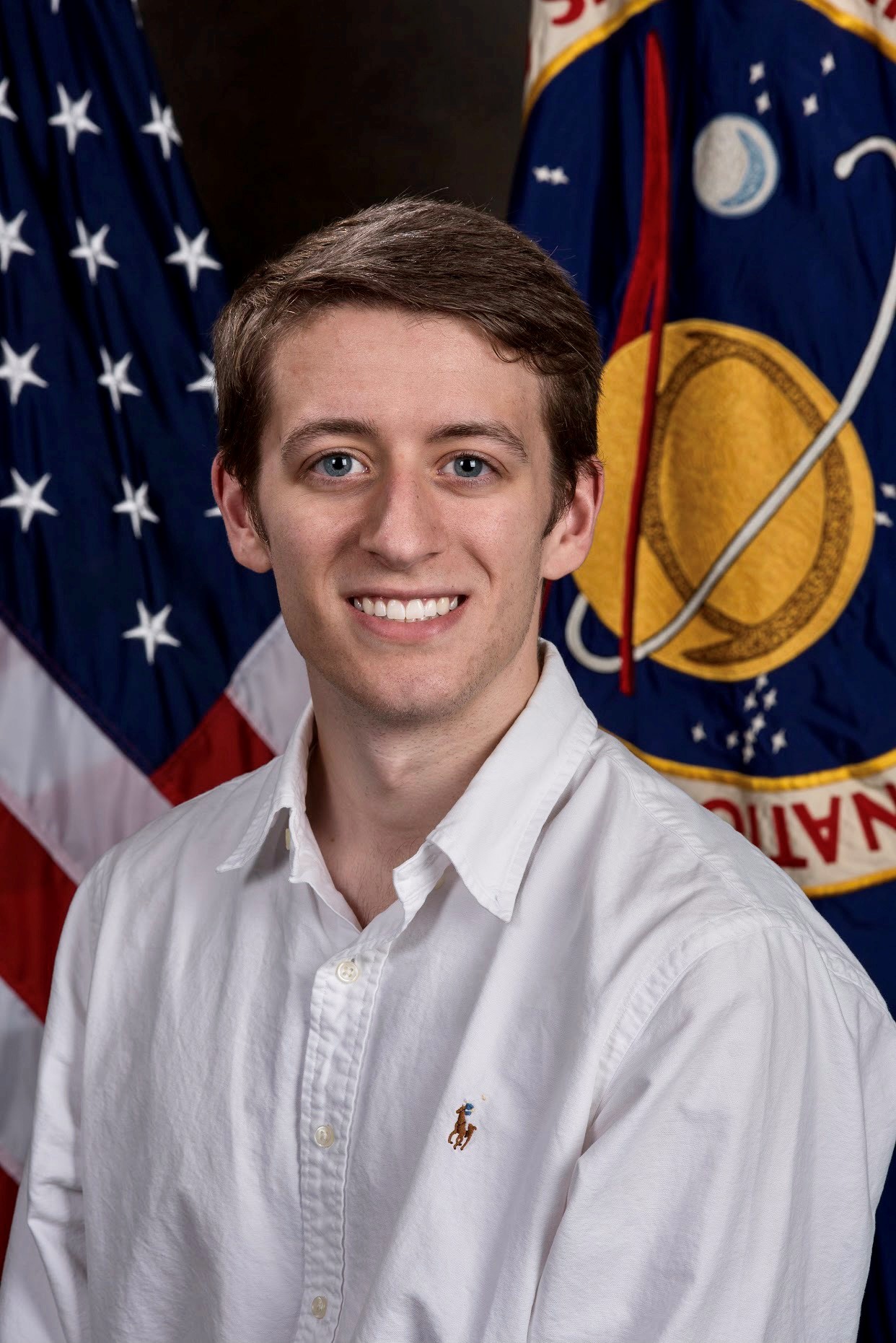What is your role within the George H.W. Bush Combat development Complex?
Graduate researcher and lead operator/graduate researcher at the Hypervelocity Impact Laboratory (HVIL) which supports Materials for Extreme Environments.
What are you other roles at A&M?
National Science Foundation (NSF) Fellow; Doctoral Student in the J. Mike Walker ’66 Department of Mechanical Engineering; Lead Graduate Researcher at the HVIL.
Previous education?
B.S. in Aerospace Engineering from Mississippi State University
Where are you from?
Lucedale, MS
What is a project or accomplishment you’re proud of?
In spring 2020, I was awarded an NSF fellowship for my research on hypervelocity impact phenomena and lightweight, strain-rate-tuned materials and material structures, specifically polymeric, that are tailored to maximize hypervelocity/hypersonic energy dissipation for military and space applications. Additionally, I effectively led the effort to establish the state-of-the-art Texas A&M University System HVIL.
When do you graduate and what is your next step?
I will graduate spring 2023. I plan to remain in academia working as a researcher and professor. I want to use the knowledge and expertise I have gained at Texas A&M and BCDC to educate students and contribute to the scientific community.

“It is an honor to work on challenging real-world problems that align with national interests. The ability to work with world-class experimentalists and computational mechanists at TAMU and BCDC is an unrivaled opportunity.”
What are your goals within BCDC?
I will continue directing my efforts to developing state-of-the-art, high-rate experimental techniques that have applications in HVIL and the Ballistics, Aero-optics, and Materials (BAM) Test Range. Such techniques combined with fundamental research and novel material modeling will enable the development of innovative materials and material structures for hypervelocity/hypersonic threat mitigation.
How did you get to BCDC?
I knew early on that I wanted to pursue a doctoral degree in mechanical engineering to diversify my expertise. Texas A&M University was among the top research universities in the nation with extraordinary expertise in solid mechanics and materials, my areas of interest. I was invited, through the Graduate Invitational program, to tour the department and university and meet one-on-one with the faculty of my choosing. This was a unique experience for me, and it was after this event that I knew Texas A&M was the place for me.
How long have you been at A&M? At BCDC?
I started the doctoral program in the J. Mike Walker ’66 Department of Mechanical Engineering department in the fall of 2019 and shortly after began working on BCDC-related research.
Why are you interested in hypervelocity impact mechanics?
I have been studying hypervelocity impact mechanics for my entire college career. I could not pass up the possibility of my work having direct real-world defense applications. The ability to work with world-class experimentalists and computational mechanists is an unrivaled opportunity.
